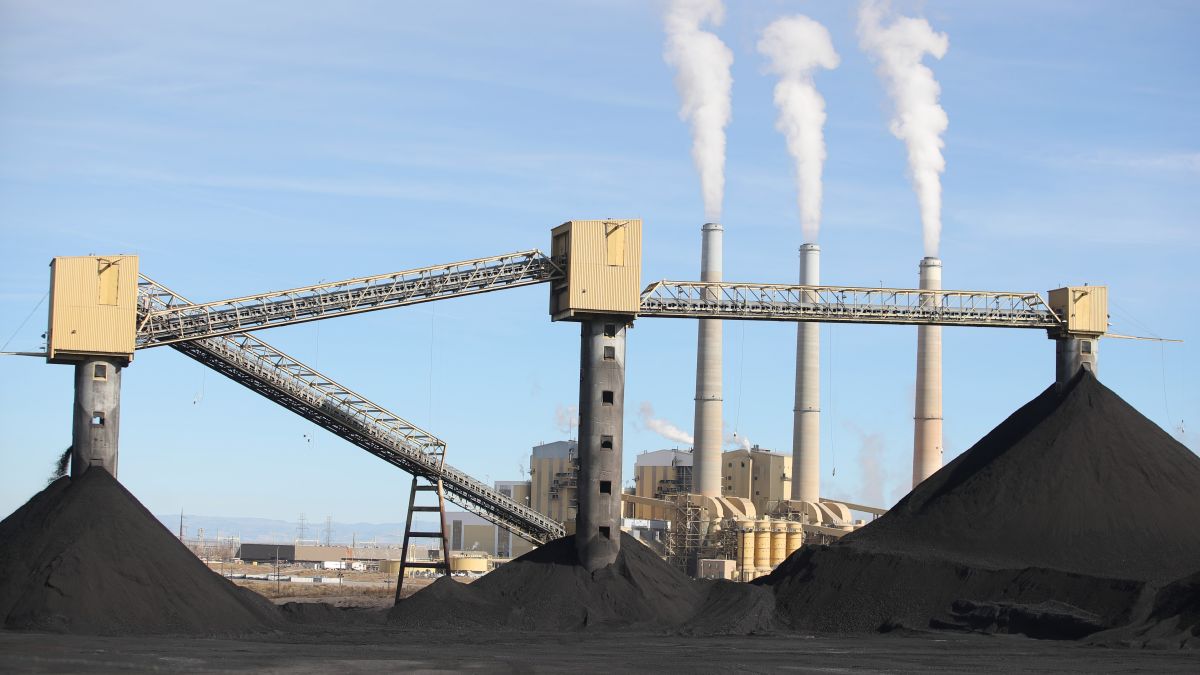
If the prediction of the U.S. Energy Information Administration is accurate, most of the electricity generated in this country through the next 30 years or so will come from renewable resources–especially solar and wind power.
But don’t think coal will be gone by then. The EIA expects certain regions of the country will still rely on coal for electricity generation.
Of the world’s existing coal-fired generating capacity, 99% consists of boilers and steam turbine units that are as much as 30% less efficient than natural gas-fired combined-cycle units that use the latest technology. Because natural gas-fired generators are more efficient than coal-fired generators at converting fuel to electricity, natural gas-fired generation is often a lower-cost option, even if the fuel price of natural gas is slightly higher than the fuel price of coal.
However, the absence of regional carbon policies or regulations along with rising natural gas prices after 2030—particularly in Asia and in regions that rely on higher-cost liquefied natural gas (LNG)—is likely to make coal the most economical generation fuel to pair with increased intermittent generation from wind and solar. This shift reverses the trend observed over recent decades. Although the cost of mining coal will likely raise coal prices after 2030, we project that coal prices will remain low relative to natural gas prices and provide a cost-competitive option to natural gas-fired generation.
Increases in coal-fired generation in Other non-OECD Asia—which includes Indonesia, Vietnam, and Thailand, among other countries—will account for over 75% of our projected increase in global coal-fired generation from 2030 to 2050. For Other non-OECD Asia, we project that renewable energy sources will account for about 60% of the generation increase over the projection period, primarily from wind and solar. Coal-fired generation will account for nearly all of the remaining growth.





